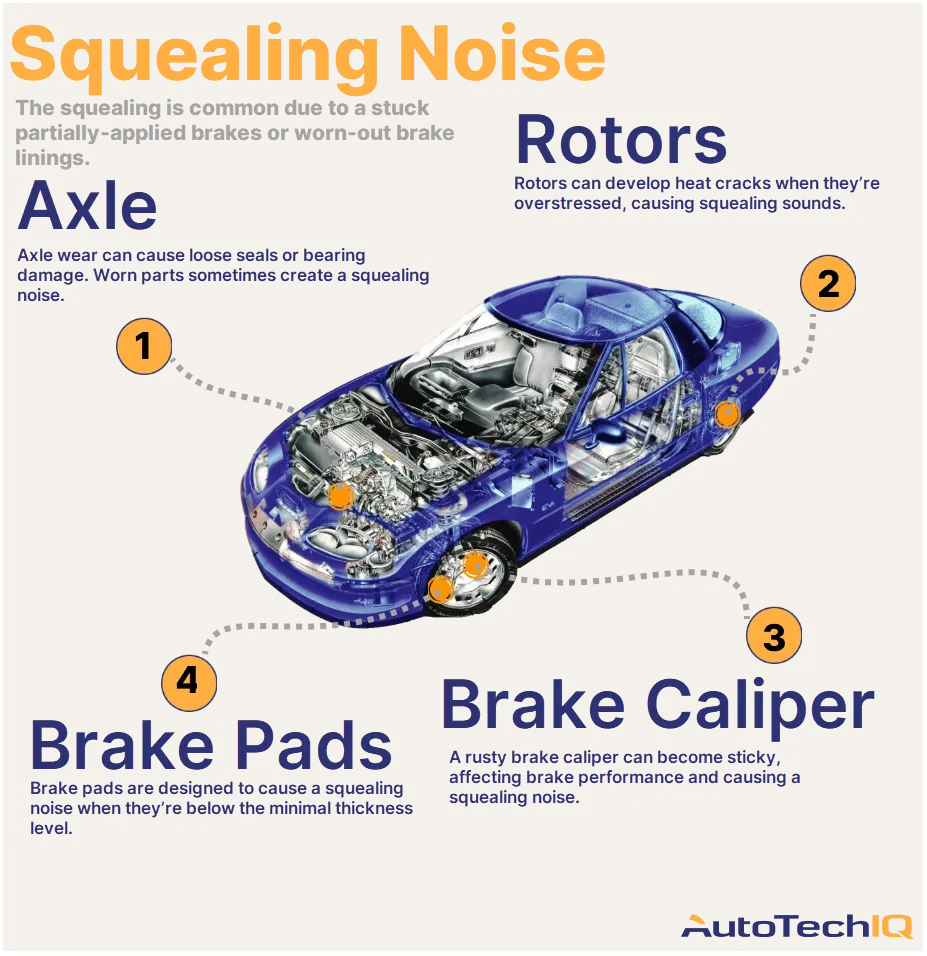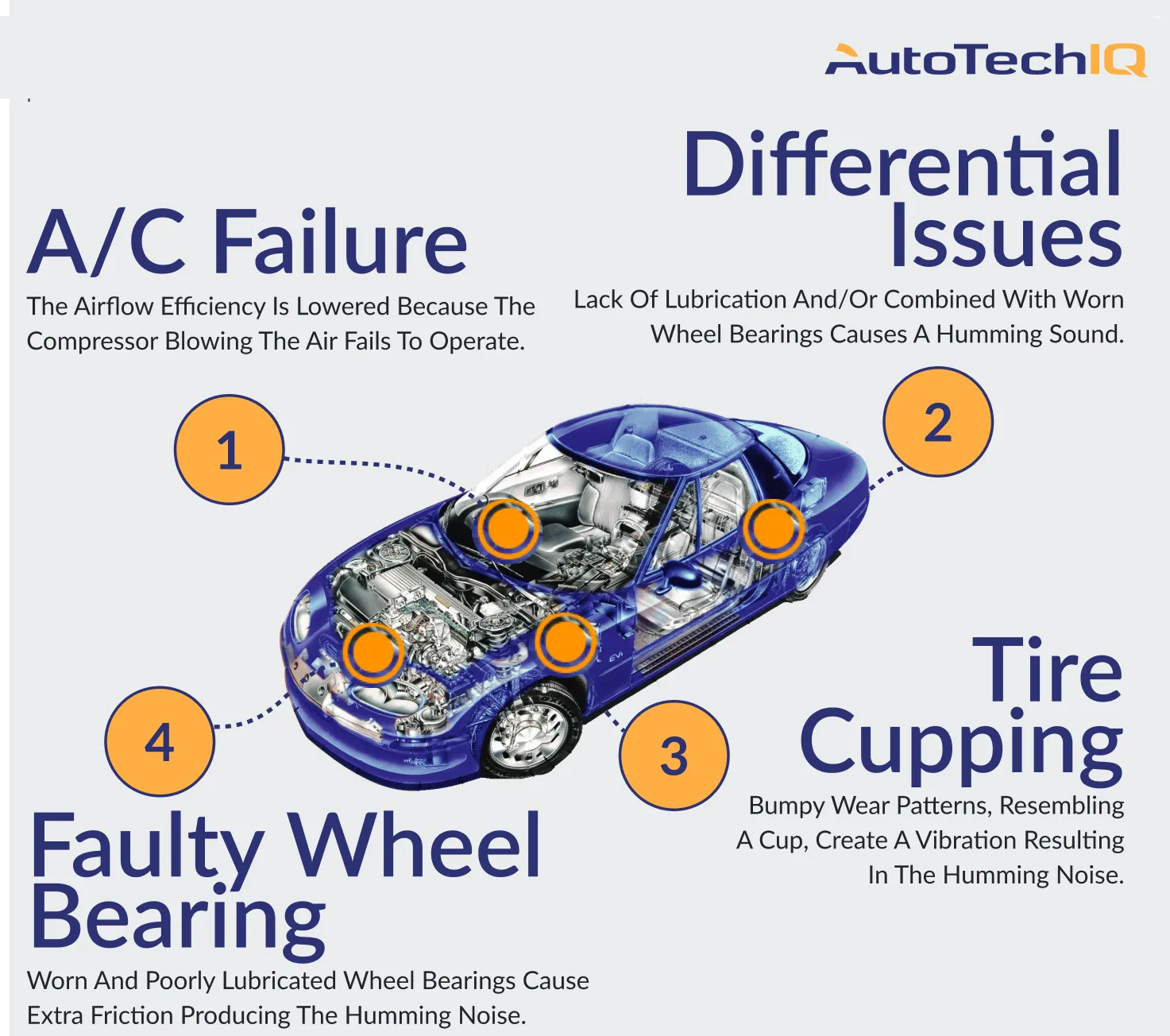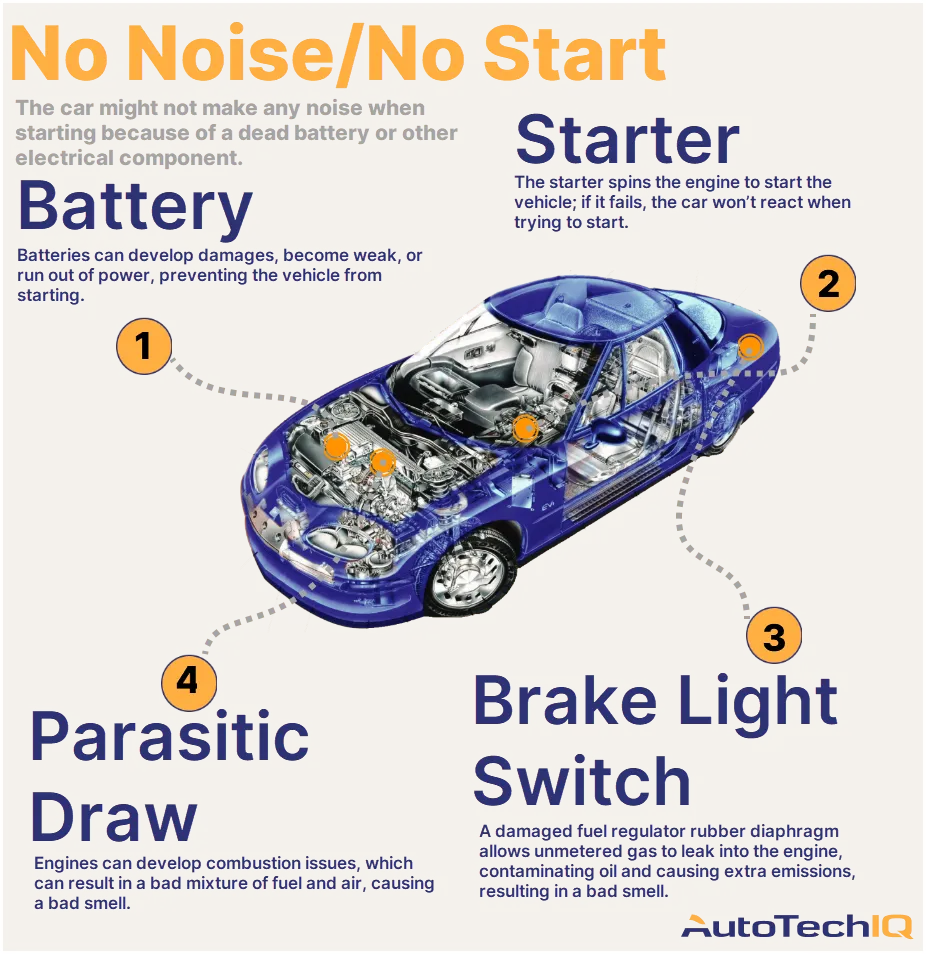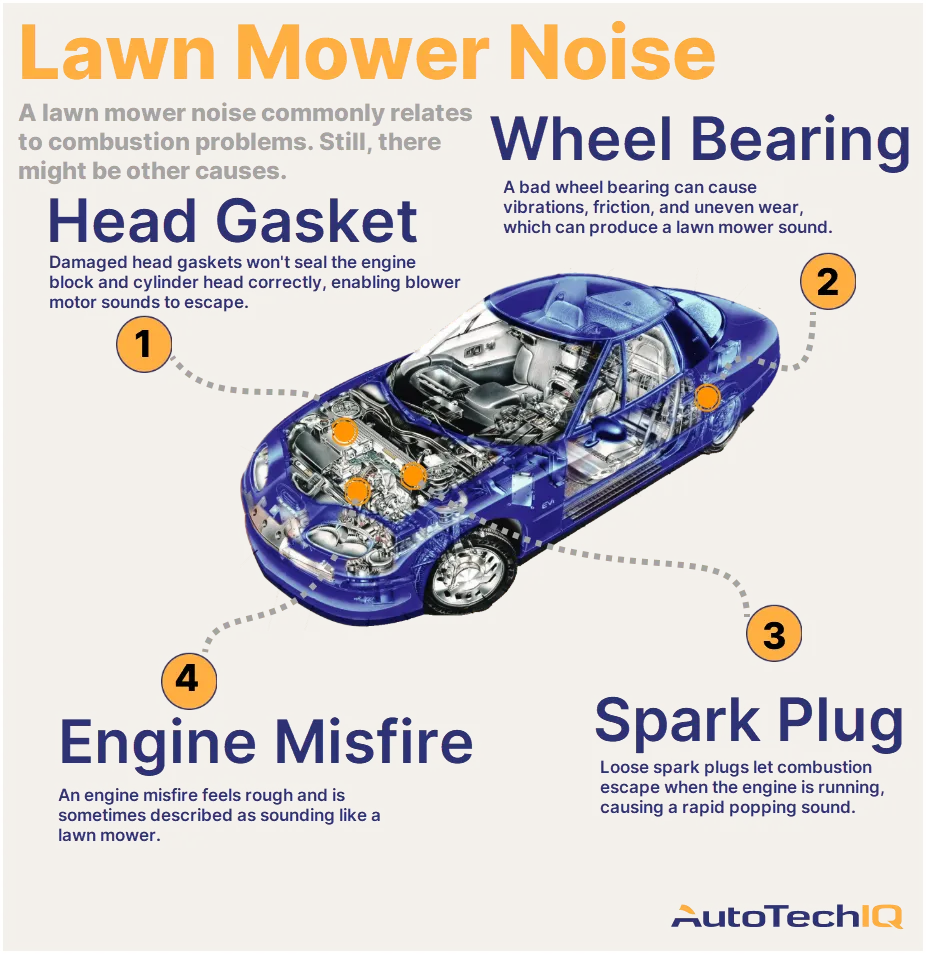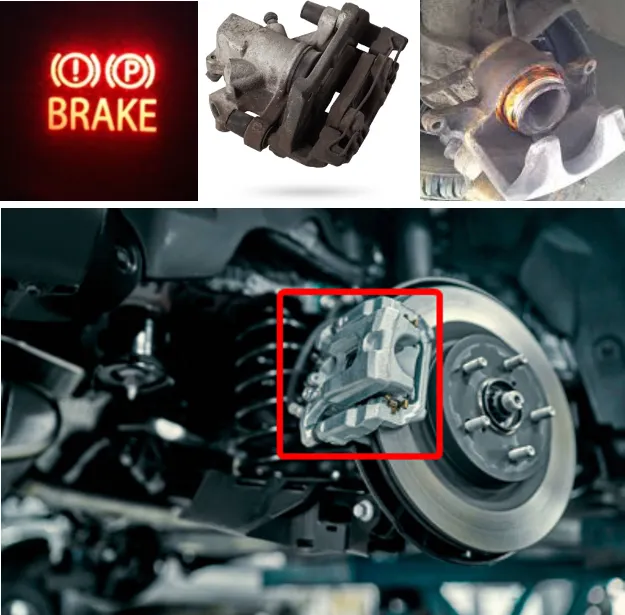
A brake caliper is an important element of the car’s braking system, located on the car’s wheel, responsible for the mechanical contact of the brake pads with the brake disc. Provides and transmits from the driver the force when pressing the brake pedal, necessary for braking and stopping the car.
Depending on the make of the car, the manufacturer produces two types of calipers, with cylinders located on both sides of the brake disc or on one inner side. Mostly car manufacturers use the latter version of the brake caliper.
The rear caliper differs from the front caliper in the presence of a mount for the parking brake, but in general the principle of their operation is the same.
The brake caliper is made of durable, heat-resistant and high-quality material - this is due to the fact that the caliper takes on heavy loads, both mechanical and thermal.
Replacing the entire caliper assembly is very rare due to reasons such as corrosion, mechanical damage, deformation of the mounting holes, and excessive wear of all caliper parts. As a rule, individual parts are changed, for example, bleeder fittings, caliper brackets or brake cylinders, oil seals or the pistons themselves are changed.
Stages of replacing a brake caliper in a car service
- The car must be lifted on a special lift.
- The wheel with the faulty caliper is removed.
- Clamp the brake hose to prevent brake fluid from leaking. But in some cases, it may be necessary to drain the brake fluid; to do this, the hose is not pinched.
- Unscrew the caliper fasteners and remove it.
- The brake discs are checked for wear and, if necessary, replaced.
- Everything is reassembled in the reverse order, but with a new brake caliper.
- Add brake fluid and bleed the system.
- Wheel alignment is checked.
Before leaving the service station, the driver must press the brake pedal several times until the brake pedal stops being pressed.
Repairing the brake system requires certain knowledge, skills, experience, as well as the availability of special tools and devices. A small mistake during repairs can lead to brake failure at the most inopportune moment and provoke an accident with the most severe consequences.
The best way to avoid this and have your brake caliper replaced professionally is to contact a specialized auto service center.


